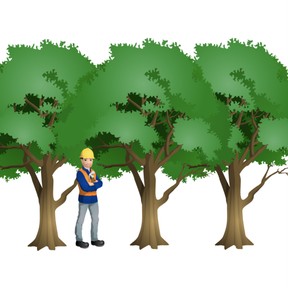
Introduction to natural resources
I can tell the difference between natural and man-made resources.



8,000 schools use Gynzy
92,000 teachers use Gynzy
1,600,000 students use Gynzy
General
In this lesson, students will learn all about natural resources and man-made resources. They will learn what natural resources are and be shown the difference between natural and man-made resources. Students will be given several sorting activities to differentiate between the two.
Standards
NGSS:
K-ESS3-3
K-ESS3-1
Learning Objective
Students will be able to identify and describe natural resources and man-made objects and differentiate between the two.
Introduction
The lesson begins by explaining what natural resources are. Explain that natural resources come from nature. Share several examples like rain, wind, water, and trees.
Instruction
Students complete a word search and brainstorm a list of natural resources. Next, students learn what man-made resources are and are shown several examples like clothing, electronics, paper, and prepared foods like cake. To check understanding, students then drag a checkmark next to all man-made objects and brainstorm a list of man-made resources they can think of. Throughout the lesson, students continue to drag to identify natural and man-made resources.
Quiz
Check students' understanding by having them respond to ten multiple-choice questions. Students look at pictures and click on all of the natural resources or man-made resources.
Closing
To conclude, students review what they learned. Ask students to explain the difference between natural and man-made resources. Then they will imagine going on a nature walk and write down all the natural and man-made resources they see. If it is possible, take your students on a nature walk for this activity, or a walk around the school/playground.
The online teaching platform for interactive whiteboards and displays in schools
Save time building lessons
Manage the classroom more efficiently
Increase student engagement
Discover more!
About Gynzy
Gynzy is an online teaching platform for interactive whiteboards and displays in schools.
With a focus on elementary education, Gynzy’s Whiteboard, digital tools, and activities make it easy for teachers to save time building lessons, increase student engagement, and make classroom management more efficient.



